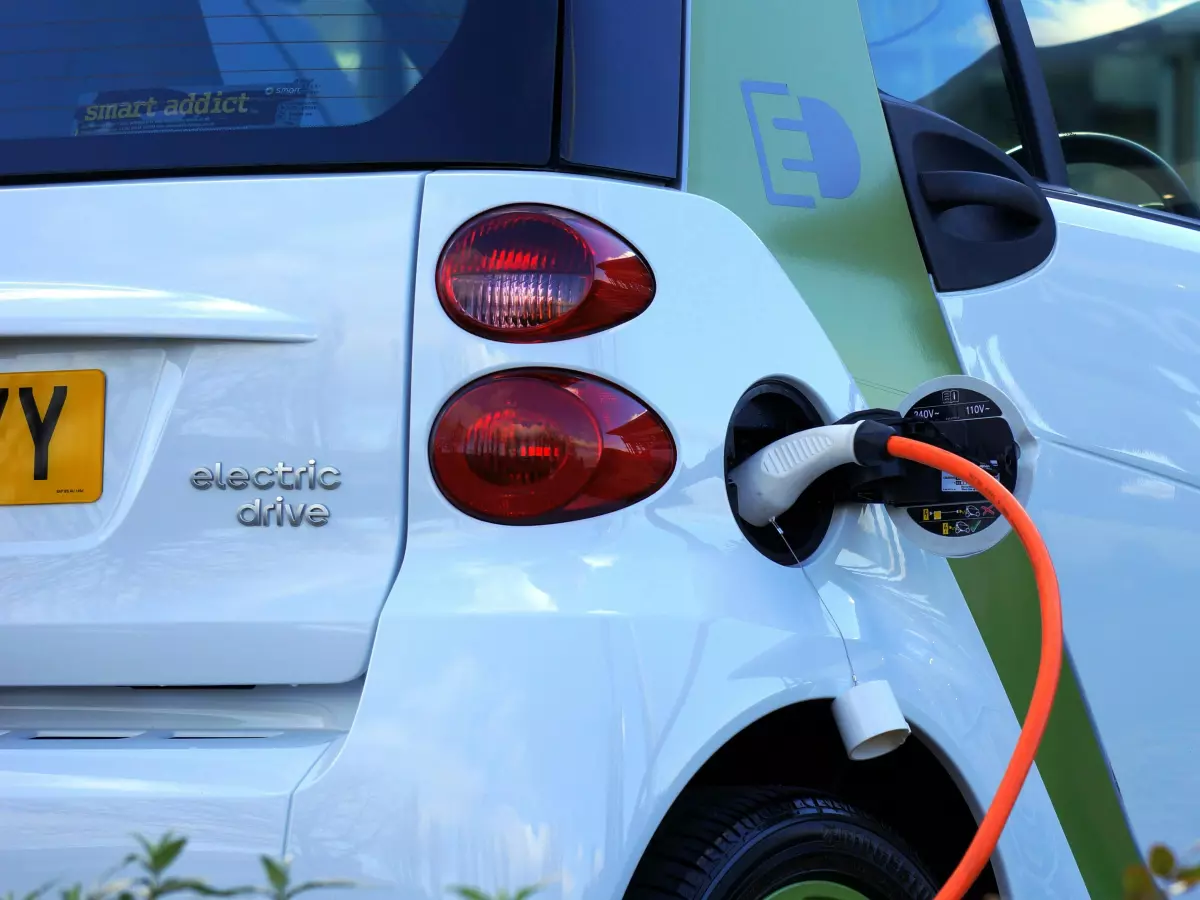EVs and Power Grids
I remember the first time I saw an electric vehicle (EV) charging station in my neighborhood. It was a bit of a novelty back then, and I thought, 'Well, that's cool, but how's the grid going to handle it when everyone has one of these?' Fast forward a few years, and now that question is more relevant than ever.

By Liam O'Connor
Let's talk about power grids. You know, the invisible web of wires and transformers that keep our lights on, our fridges cold, and our Netflix binge sessions uninterrupted. But here's the thing: power grids weren't exactly designed with electric vehicles in mind. And as EVs become more popular, they're starting to put a whole new kind of pressure on the system.
So, what happens when millions of EVs plug in at the same time? Well, that's where things get interesting. Power grids are complex beasts, and they're not just about delivering electricity. They also have to balance supply and demand in real-time. If too many EVs charge at peak times (like when everyone gets home from work), it could strain the grid and even lead to blackouts. Yikes.
Why EVs Are a Game Changer for Power Grids
EVs are unique because they don't just consume energy—they can also store it. This is where the concept of vehicle-to-grid (V2G) technology comes into play. V2G allows EVs to send electricity back to the grid when demand is high, essentially turning your car into a mobile battery pack for the entire community. Sounds futuristic, right? But it's already happening in some places.
Think about it: during peak hours, instead of everyone draining the grid, EVs could actually help stabilize it by feeding energy back. This could be a game-changer for renewable energy as well. Solar and wind power are great, but they're not always available when we need them. EVs, with their massive battery storage, could help fill in the gaps by storing excess renewable energy and releasing it when demand spikes.
The Role of Smart Charging
But wait, there's more! Smart charging is another key piece of the puzzle. This technology allows EVs to charge when electricity is cheapest and most abundant, usually during off-peak hours. It can even pause charging if the grid is under too much stress and resume when things calm down. This not only helps balance the grid but also saves EV owners money. Who doesn't love that?
Smart charging can be automated through vehicle software systems, which are becoming increasingly sophisticated. Some EVs can even predict when you'll need to charge based on your driving habits and adjust accordingly. It's like having a personal energy assistant in your car. Fancy, right?
Challenges Ahead
Of course, it's not all smooth sailing. For V2G and smart charging to work on a large scale, we need a lot of infrastructure upgrades. Many power grids are outdated and weren't designed to handle the kind of bi-directional energy flow that V2G requires. Plus, there's the issue of standardization. Not all EVs are compatible with V2G technology yet, and different regions have different grid systems, which complicates things even further.
Then there's the question of cybersecurity. With more vehicles connected to the grid, there's a greater risk of cyberattacks. Imagine a hacker taking control of thousands of EVs and using them to disrupt the power grid. It's a nightmare scenario, but one that experts are already working to prevent. Strong encryption, secure communication protocols, and regular software updates will be crucial to keeping the grid safe as EVs become more integrated.
So, What's the Solution?
In the short term, utilities and governments need to invest in upgrading power grids to handle the increased load from EVs. This includes building more charging stations, especially in rural areas, and ensuring that the grid can support bi-directional energy flow for V2G technology. On the consumer side, adopting smart charging practices and keeping vehicle software up to date will help ease the transition.
In the long term, EVs could actually make power grids more resilient, not less. With the right infrastructure and technology in place, EVs could help balance supply and demand, support renewable energy, and even provide backup power during outages. So, while the rise of EVs presents some challenges, it also offers a lot of exciting opportunities for the future of energy.





